People follow “Driven” for a variety of reasons, many follow because they’re interested in cars but don’t know a whole lot about them. Others follow because they’re passionate about cars and likely frequent many other automotive blogs as well. Some of my followers seek information on off-roading, others like “stanced” vehicles, and others appreciate sports cars. The video documentaries, the articles, and the dialogue shared on “Driven” are all organically propagated as a result of the mood I find myself in when I get out of bed in the morning. As a result, the information I choose to share ranges a gamut of different automotive trends. As a true car enthusiast, I can appreciate a variety of stylistic cues and vehicular needs. This week a friend of mine completed a VIP build on his Cadillac STS which inspired me to study and appreciate VIP car culture. Unfortunately, I did not get the opportunity to photograph his car but I have alternatively included a number of photos of other VIP cars in this article that have inspired me over the years. I have also included a number of videos that highlight what VIP car culture is and why it has become so popular.
So what is VIP car culture and where did it originate?
VIP Style refers to the modification of Japanese luxury automobiles to make them more fashionable and even more luxurious than they already are. VIP Style vehicles are typically large, high-end, rear-wheel drive sedans that have been fitted with bodykits, rims, and air-ride suspension. The VIP style was once associated with the yakuza, in which gangsters would modify Japanese Domestic Market cars that didn’t attract the same attention that European luxury cars did. The European brands were known to be associated with drug trade in Japan so as a result the Japanese cars went unnoticed by the police. The selection of Japanese cars would also allow gangsters to go unnoticed by rival gangs as well.
Both Osaka street racers and Kanto area Bosuzoku gangs were integral in the adoption of VIP style cars. Osaka street racers, after suffering numerous police crackdowns on the Hanshin Expressway in the early 1990’s, turned to sedans instead of sport compacts (which were being targeted by the police) as a way to cruise while remaining incognito. Many design cues were taken from the Mercedes AMG cars of the time. Kanto area bosuzoku gangs took a somewhat different approach. They modified their sedans by cutting suspension coils and fitting them with bold mufflers with loud exhaust notes. They also drove recklessly, often causing traffic jams while avoiding paying tolls. To mimic their yakuza counterparts, “Bos Bippus” used large black sedans as well.
Cars associated with VIP Style usually have common characteristics; large diameter rims (typically broad faced designs) with low offsets that sit flush with the fender, exhausts that stick out past the rear bumper (although not so much emphasized these days), a full bodykit or lip kit, glossy paint and a lowered ride height (usually with coilovers or air ride). In Japan, cars use primarily coilovers. It is not uncommon to see extreme negative camber on many VIP cars. Traditional colors of VIP Style cars are usually black, white, grey and silver.
Most VIP Styled cars derive from Japanese luxury cars such as the Nissan President, the Toyota Celsior, and the Toyota Aristo. While these are the most popular platforms, many European cars, like the Mercedes S-Class and BMW 7-Series are also known to be modified to be VIP styled as well. They however are not to be confused as VIP platforms, simply VIP styled vehicles. As automotive enthusiasts caught on to this craze, more vehicles became accepted as VIP platforms such as the Toyota Estima, Honda Odyssey, to keicars like the Suzuki Cappuccino and Toyota BB. US enthusiasts often modify cars such as the Lexus LS and GS and the Infiniti Q45. My personal favorite applications reside in the form of the Lexus GS and LS.
Below is an article penned by Urban Dictionary Highlighting the origin of VIP Style:
VIP cars started approximately thirteen or fourteen years ago in Japan. However, they were not known as VIP cars. Originally, VIP cars came from a team named Black Cockroach in Wakayama Prefecture. That team’s cars were published in the national car magazine for the first time in Japan. The Black Cockroach had black Cima, Cedric, Celsior and Crown, which were very unique and exemplified the owner’s personalities. Many have VIP cars tied to the Japanese mafia, better known as the Yakuza, to the beginnings of the VIP scene in Japan. Afterwards, a team named VIP Company evolved that belonged to Mr. Taketomi, the eventual owner of Junction Produce, a leader in VIP styling in Japan. It was popular in Osaka Sooner and later, Sendai city in Miyagi prefecture. The popularity of VIP cars spread to Sendai city and Young Auto magazine, which brought Chibaragi, a name of remodeling cars, to the public. Before naming VIP Car, those cars including racing, motorcycle gang and remodeled racing cars were called a Haiso car (high society salon cars), a Kowamote car (coercive atmosphere car) and an Oshidashi car (push car). The Young Auto established a corner of the customizing scene by restyling luxury cars. They coined named VIP CLUB when the owners displayed their remodeled luxury cars. These cars would become what we know as VIP. The VIP scene eventually lead to the establishment of VIP Car Magazine., a company and magazine that was started by a publisher from Young Auto Magazine. VIP Car Magazine showed remodeling luxury cars called a VIP Car. The VIP Car magazine has been distributed for ten years, mainly in Japan. In Osaka, there a VIP company team, which dressed up VIP cars and started by Mr. Taketormi, was a pioneer who drove the popularity of VIP cars approximately fourteen years ago.
Traditional Definition: VIP car is very simple. Usually pronounced V-I-P (vee-eye-pee) and meaning Very Important Person, the true pronunciation is VIP, or bippu, where it’s pronounced like a word. Cars that fit into the VIP category are predominantly rear wheel drive Japanese luxury platforms such as the Celsior, CIMA, Cedric/Gloria, and Crown, just to name a few. These cars are usually the more expensive models and are usually purchased by the more affluent car owners. It’s not a VIP Car unless it starts with one of these cars. Many VIP purists will not consider any other platforms as VIP, even though other cars can take the styling cues from the larger VIP sedans. This is commonly known as VIP Styling.
VIP Characteristics: VIP cars can loosely be translated to “Low and Wide”. Many have argued that VIP cars can include European and even American cars. These can be considered VIP Style as long as they follow in the VIP guidelines, but they will never be VIP Platforms. Some general characteristics of VIP Style are: Large/wide wheels (many times with big lips and low offsets) that are flush to the fender Stretched tires in order to tuck the wheels under the fenders. Low stance via adjustable suspension or air ride Substantial body kits to achieve the “Wide” look Custom body work to accentuate the “Wide” look Custom video and audio components and installations Wood grain interiors with additional trays and extensions on the dash. Custom seats and mats Additional and upgraded internal and external lighting Louder exhausts with larger tips Engine/performance work (though not as popular)
VIP Culture: When VIP car enthusiasts in Japan build their car, they immerse themselves in the culture of VIP Car. Accessories like Noburi Flags, clothing, lighters, teddy bears, fans, and every accessory that a company makes are purchased and proudly displayed. Many automotive events and gatherings in Japan are steeped in the tradition of the VIP culture. Simple gatherings of enthusiasts can turn into major events. As usual in the Japanese culture, the cars are the stars, but socializing and even food are main attractions. VIP Car has a sense of pride within the Japanese community on its luxury vehicles.
VIP Styling VIP styling is taking the aspects that was started in Japan with the VIP Cars and merging them onto cars that aren’t really considered VIP car platforms. Some platforms that are gaining popularity are the K-cars (Vitz, Scion, and other econo-box cars), vans (Odyssey and Previas) and many other vehicles (G35, IS300, 300Zs) that have been heavily influenced by the VIP Style. That also has trickled into our US market with the larger cars like the Chrysler 300C and Dodge Magnum.. European cars can also be influenced by the VIP cars, and have been gaining popularity in the US.
US Market for VIP: Where does this all fit into the US market? With companies who’s operations are based here are now trying to define the VIP market as Bentleys, Benz’s, and other high end Euro cars, it basically leaves out the cars where it all began, the Lexus GS and LS, and the Infiniti M and Q series. Yes, the US automobile market may not have the choice of Japanese luxury cars found in Japan but we make due with what we are provided. However the view of VIP Car or VIP Style Cars is being EXTREMELY skewed in the US and leaves the hardcore VIP Car enthusiast with a sour taste in its mouth. VIP Car starts with the platform first. 350Zs, G35s, Scions, Accords, and other cars are defining the VIP Style Car… VIP Style Cars was mainly a term devised to help define the difference from a VIP Car platform and a car accessorized with VIP styling. This website has room for everyone. I created this site for the reason to give these people a home to learn and educate each other. Whether you own a VIP Car or own a VIP Style Car… Yes, we will have to define our own definition of VIP Style Cars but we can’t stray too far from the foundation of it all. There will be those of us who will stick to our VIP Car platforms and those who will decide that their Scion fits the platform as well. Both sides are correct in that matter. What is wrong is to decide that our VIP Car platforms are not acceptable platforms of VIP here in the US.
Located below are two videos that showcase VIP culture and VIP lifestyle:
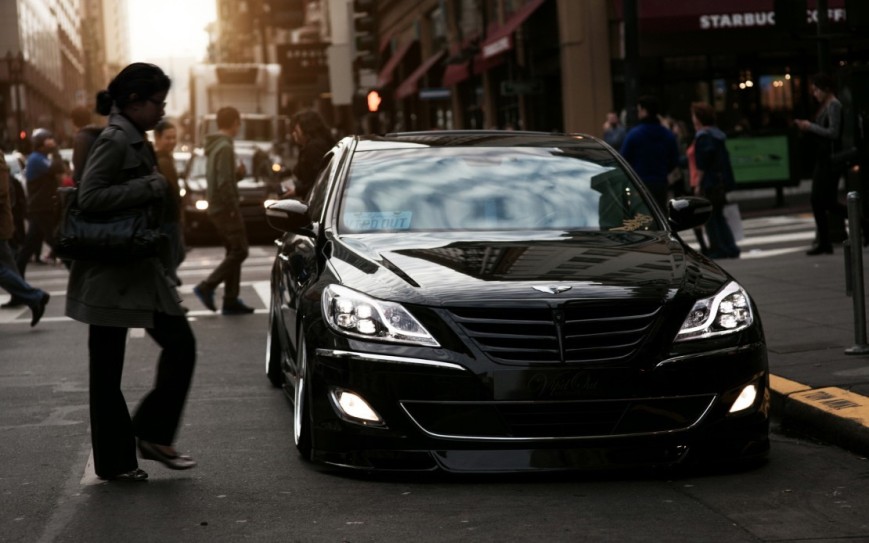
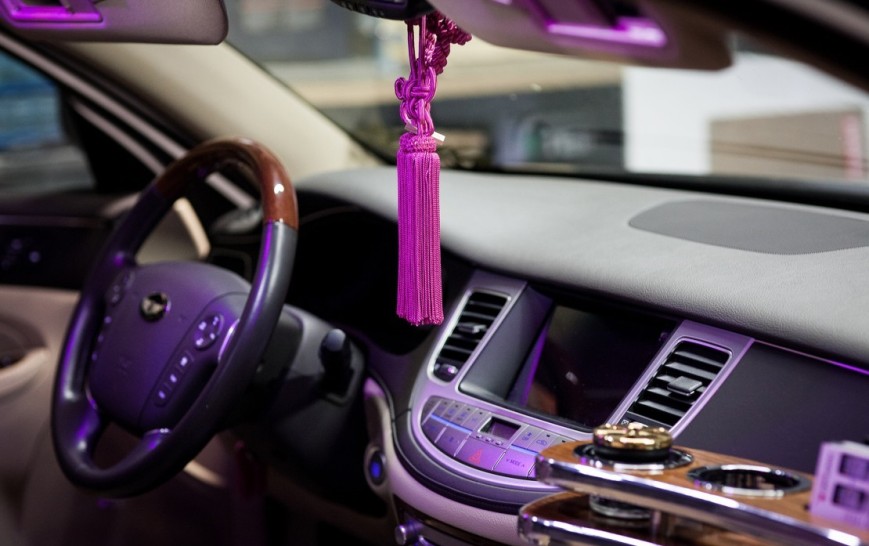


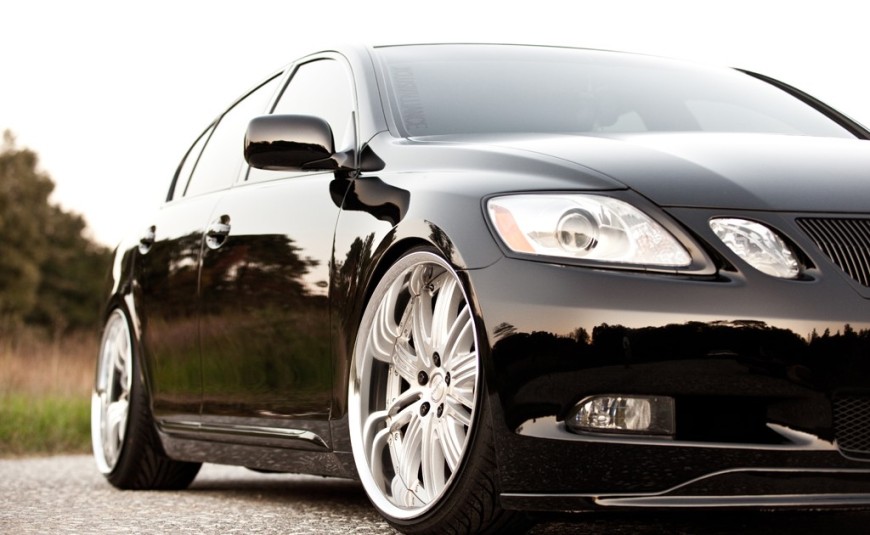

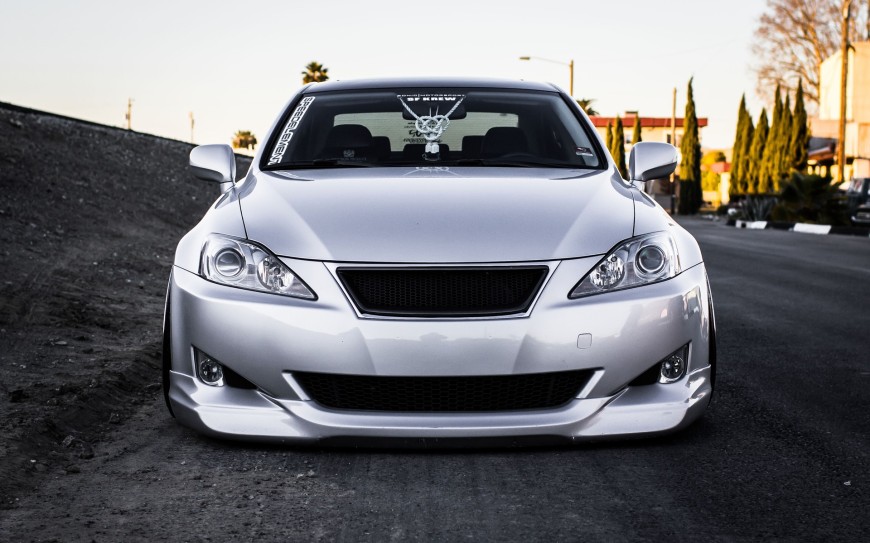
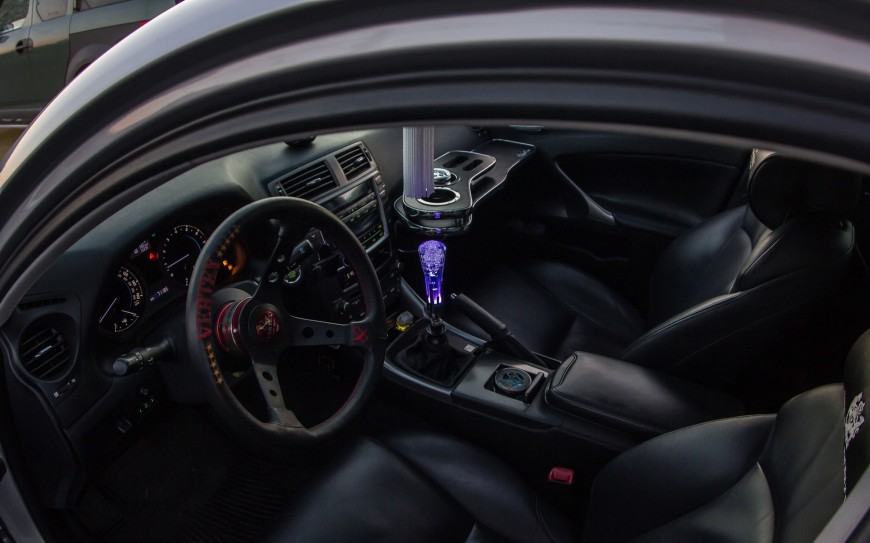
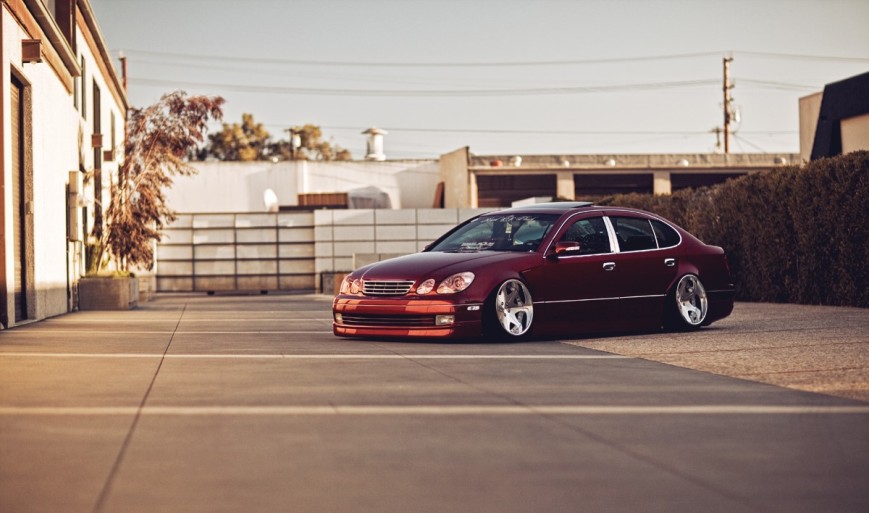
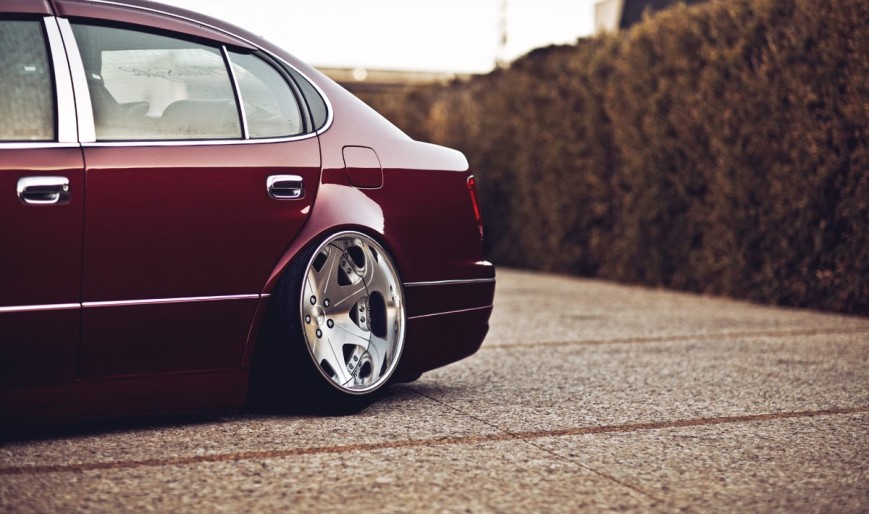
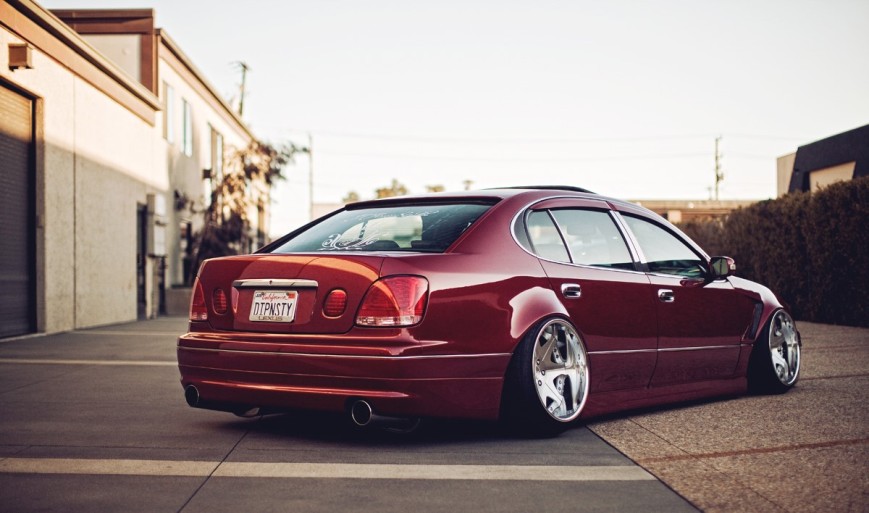





Wow, I am just…. floored! There’s a wealth of information here, its written so well, and the photos add so much panache! Bravo!
Well thanks!!! I’m glad you liked it!! Keep on following and there will be more to come! I’ve made it a goal of mine to write as much as I can this year! Thanks for your encouragement! It’s comments like these that brighten my day!! Have a good one!!